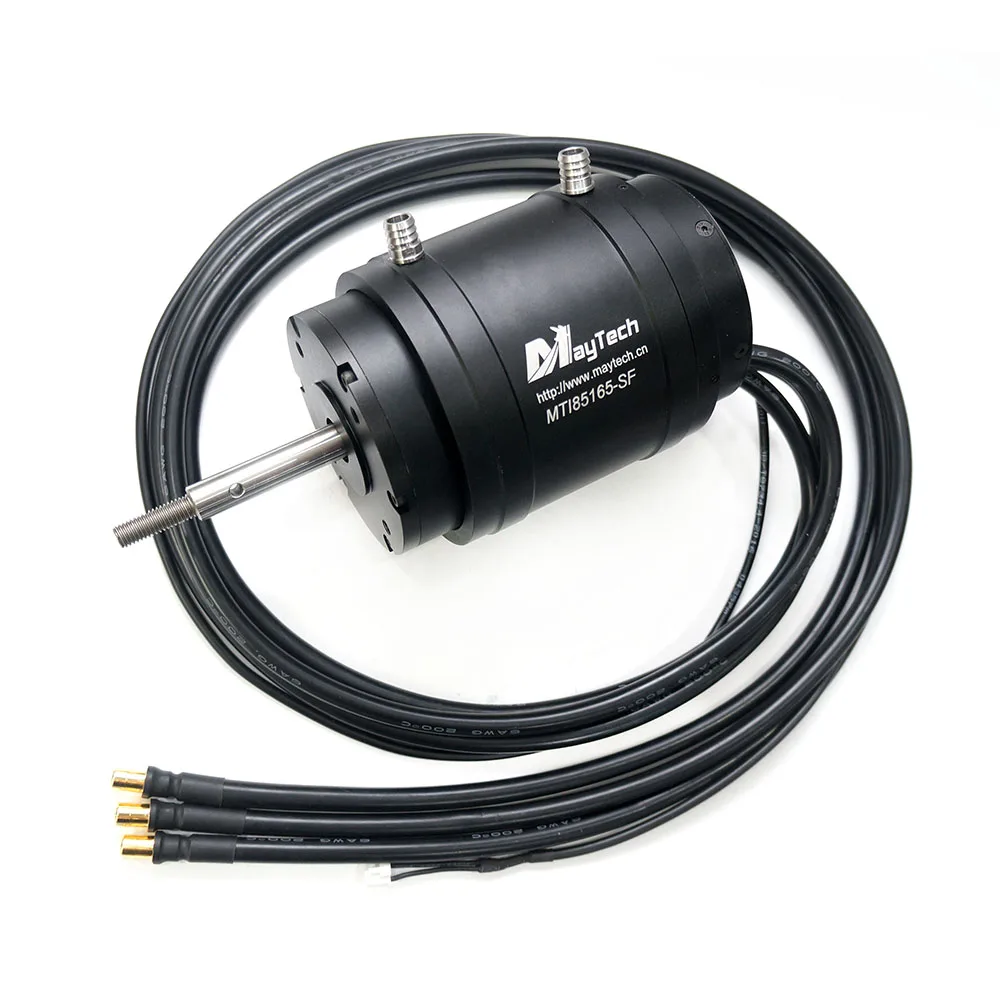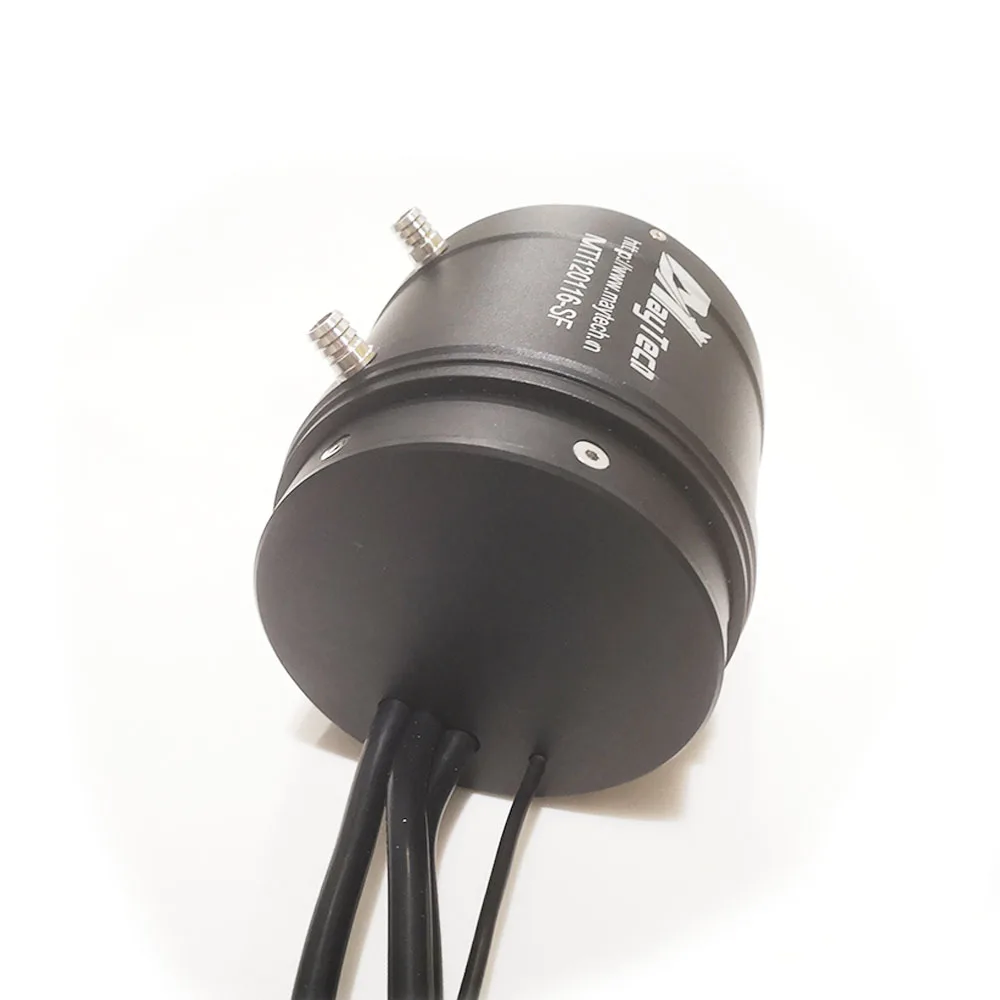and here the source (the German company behind the MGM LMT motors) :

www.lehner-shop.com
I like their calculators and rpm(KV) table btw a lot!

www.lehner-motoren.com
interesting to see the differences for a 3080/5 (1050KV) @50000rpms,50V,300A and the 3080/7 (750KV) @45000rpms,60V,200A
the difference in input power is significant ...
BTW the 3080 "non LK/Hi Amp" (without that air cooling fan at the top) has similarities in dimensions to the TP power 5870! (just 4mm bigger OD but weighs like 50% more!!!)
The LMT 3080 is advertised at 30kW on the mgm site ...
If you look in the calculator (for 3080/5 @50000rpms,50V,300A) into the respective data table (and scroll down) they mark one line in "green" with
691A current draw @50V and ~33kW power! (I assume with some water cooling and monster cables this monster delivers! Good that they use 6!)
In comparison the 3080/7 ((750KV) @45000rpms,
60V,200A) maxes (marked "green") out at 435A current draw @
60V and ~25kW power!
(soooo ... the added diameter and weight actually "do" something as well ... I start liking the LMT 3080 750KV variant actually!)
In comparison: the TP 5860 / 1000KV I got is specified @7200 W continuous / 15kW burst/max ... probably with cooling (and as demonstrated by Alex who ran it at ~23kW) it can be in limits "overclocked" too. (but most likely his old flier ESC was the bottleneck!)
All in all : TP power motors look now like "half the price == half the outcome"! Same/similar can size and 2/3rd of weight ...
Another outcome: the "300-400 Amp" ESCs are not going "to cut it" for 50V (1050KV), but probably limit the input power too early! (probably that's why mgm is offering that monster 800A ESC (for 15s) now ...
The APD HV - Pro 16s might be just fine for the 750KV variant ...
The Lehner prices are a bit higher than on the mgm-controllers site due to 19% VAT included in the lehner shop!






